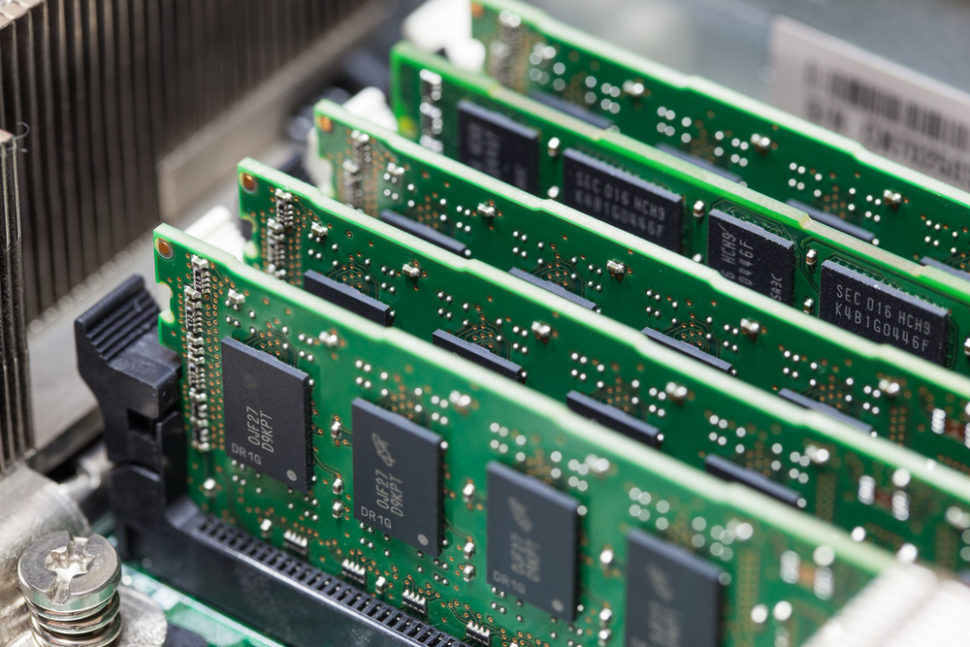A team of researchers from Tokyo Tech has developed small, fast, and highly energy-efficient memory cells. And this could improve the performance of conventional DRAM.
Most modern digital devices process information. Along with a processing unit, the operation also requires a quick memory to hold inputs, outputs, and partial results.
In computers, this quick memory is called the dynamic random-access memory, or DRAM. As you can imagine, the speed of the DRAM significantly impacts the overall rate of the system.
It’s no wonder that many studies are testing out new memory technologies for more energy-efficient computing. An example of such is the memory cells from the Prof. Taro Hitosugi-led study.
What are Memory Cells?
Memory cells are the most basic unit in a memory chip. Each cell typically stores a single bit by adopting and storing one of two voltage values that are equivalent to either 1 or 0.
The characteristics of the individual cells mainly determine how the overall memory chip performs. That means high speed and low power consumption chips will increase the efficiency of computing.
That’s what the researchers did. Inspired by a previous design of solid lithium-ion batteries, Hitosugi, and his team may have taken efficient computing to the next level.
New Memory Cells Inspired By Lithium-Ion Batteries
In a previous attempt, the researchers stacked three solid layers made from Lithium, Lithium phosphate and gold.
The arrangement was mainly a small low-capacity battery that functions as a memory cell. As such, it could easily switch between charge and discharge state that represents the two possible values of a bit – 1 and 0.
Unfortunately, gold combines with Lithium to form a thick alloy layer. And this layer increases the amount of energy required to switch from one state to another.
In the new study, the researchers substituted gold for a nickel.
Since Nickel doesn’t quickly form alloys with lithium, this could lead to lower energy consumption when switching. What’s more, the new memory cell could hold three different voltage states.
Professor Hitosugi explained:
“This system can be viewed as an extremely low-capacity thin-film lithium battery with three charged states.”
Also, the researchers noted that Nickel forms a thin oxide layer between the Ni and lithium phosphate layer. Thanks to this layer, the memory cell can easily switch between states.
“The potential for extremely low energy consumption is the most noteworthy advantage of this device,” says Prof. Hitosugi.
Future digital devices would require DRAMs that not only come in a smaller package but offers increased speed and energy efficiency. The Tokyo Tech team’s memory cells is a promising step in that direction.



















Comments (0)
Least Recent